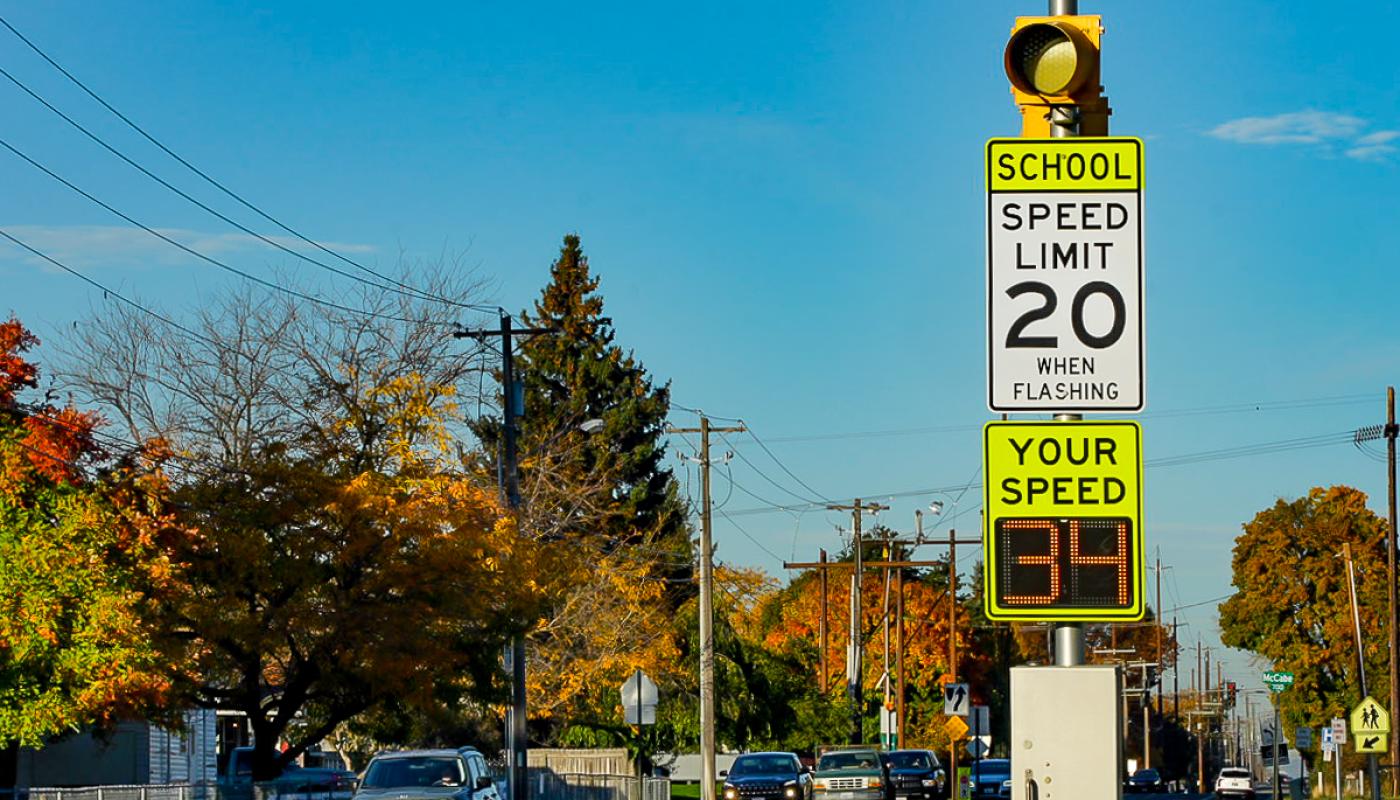Enhancing School Zone Safety Through Radar Speed Signs (RSS)
In the quest to fortify school zone safety, the deployment of Radar Speed Signs (RSS), also known within the industry as Dynamic Speed Feedback Signs (DSFS) or Driver Feedback Signs (DFS), has been a pivotal strategy. This comprehensive review and meta-analysis, focused primarily on school zones, evaluates the efficacy of these technologies in modulating vehicle speeds, thereby safeguarding pedestrian areas frequented by children. Through an exhaustive synthesis of literature, this study not only validates the utility of RSS in reducing vehicular speed but also underscores its significance as a cornerstone in traffic safety engineering.
Radar Speed Signs (RSS): A Cornerstone for Safer School Zones
Within the ambit of school zone safety, RSS have shown remarkable effectiveness. The analysis of 28 sites within school zones revealed that the activation of RSS led to a significant reduction in mean vehicle speed by approximately 3.21 mph across all vehicle types. Such reductions were observed during periods of sign activation and were sustained for up to 12 months, with peak reductions reaching up to 9 mph. These findings highlight the RSS's critical role in enhancing the safety of school zones, providing a safer environment for children.
The Meta-Analysis: A Closer Look at RSS Performance
Drawing from 43 publications and over 5,000 observations, this study presents a nuanced analysis of RSS's impact across various traffic settings, including work zones, transition zones, straight sections, and curves, besides school zones. The statistical approach underpinning the meta-analysis illuminates the significant reductions in mean speeds and the 85th percentile speeds, affirming the effectiveness of RSS in influencing driver behavior.
Key Hypotheses and Traffic Safety Implications
The study tests three key hypotheses: the activation effect, the downstream effect, and the deactivation (or halo) effect of RSS on vehicle speeds. These hypotheses collectively provide a comprehensive framework for understanding how RSS not only affect speeds in their immediate vicinity upon activation but also potentially influence vehicle speeds downstream, even after deactivation. For traffic engineers and policymakers, these insights are invaluable for optimizing the placement and utilization of RSS in traffic safety protocols.
Conclusion: Radar Speed Signs as Catalysts for Change
The deployment of Radar Speed Signs (RSS) in school zones has emerged as an effective measure for reducing vehicle speeds, thereby mitigating the risk of accidents and enhancing pedestrian safety. The substantial evidence gathered through this meta-analysis underscores the value of RSS in traffic safety initiatives, especially in environments where the well-being of child pedestrians is paramount. As communities continue to seek solutions for safer roads, the integration of RSS, DSFS, and DFB into traffic management practices offers a proven, impactful approach to protecting lives.
Further Reading
For those interested in exploring the detailed methodologies, findings, and broader implications of this comprehensive review and meta-analysis, the full whitepaper is available for download:
